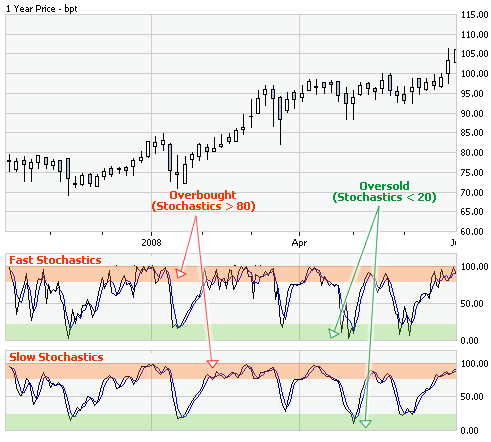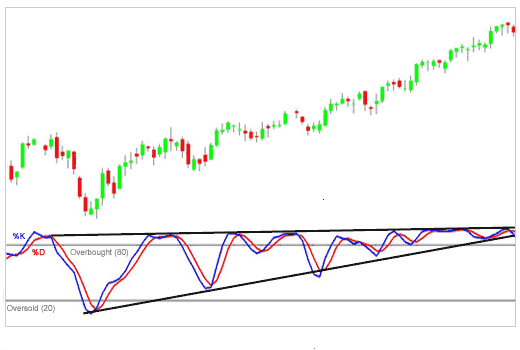 Shares of weight loss drug maker, VIVUS, Inc. (Nasdaq: VVUS) surged as much as 13 percent from Monday’s closing price, in morning trading on Tuesday after the U.S. Food and Drug Administration released documents that showed FDA researchers believe that use of Vivus’ diet drug Qnexa can result in “significant” weight loss. However, the agency raised questions about the drug’s safety.
Shares of weight loss drug maker, VIVUS, Inc. (Nasdaq: VVUS) surged as much as 13 percent from Monday’s closing price, in morning trading on Tuesday after the U.S. Food and Drug Administration released documents that showed FDA researchers believe that use of Vivus’ diet drug Qnexa can result in “significant” weight loss. However, the agency raised questions about the drug’s safety.
Vivus shares were up about 34% to $14.25 in Tuesday’s pre-market trading session.
[–quote–]
In the FDA’s review of Qnexa, posted online Tuesday as part of the briefing documents for Thursday’s advisory panel, pooled data from two large phase III studies demonstrated that patients treated with low, medium and high doses Qnexa lost between 3 percent, 7 percent and 9 percent of their body weight, respectively, adjusted for the weight-loss reported for patients treated with a placebo.
Qnexa’s safety and not the drug’s ability to help patients lose weight, was the major concern entering Thursday’s meeting. In its briefing document Tuesday, FDA’s safety review highlights five areas of “particular interest” related to Qnexa — pregnancy risk, psychiatric-related adverse events, cognitive-related adverse events, metabolic acidosis and cardiovascular events. Many of these concerns, however, were expected.
Vivus, in its own briefing documents, said research showing that 68 percent of adults in the U.S. are overweight indicate a clear medical need for Qnexa.
A panel of experts is scheduled to review the drug on Thursday, with the FDA making a regulatory decision in October.

 Shares of Sun Bancorp, Inc. (Nasdaq: SNBC) surged 47 percent in morning trading on Thursday after the company announced that billionaire investor, Wilbur Ross will be acquiring a 25 percent stake in the New Jersey-based bank chain.
Shares of Sun Bancorp, Inc. (Nasdaq: SNBC) surged 47 percent in morning trading on Thursday after the company announced that billionaire investor, Wilbur Ross will be acquiring a 25 percent stake in the New Jersey-based bank chain.

 Shares of wind power equipment manufacturer, Broadwind Energy, Inc. were up about 37 percent from Friday’s close, in morning trading on Tuesday, after the company announced its subsidiary, Tower Tech, Inc., was selected by Gamesa Technology Corp., a wholly owned U.S. subsidiary of Gamesa Corporacion Tecnologica, to supply structural wind towers for wind sites in the U.S. The towers are expected to be installed in the fourth quarter. The value of the contract was not disclosed.
Shares of wind power equipment manufacturer, Broadwind Energy, Inc. were up about 37 percent from Friday’s close, in morning trading on Tuesday, after the company announced its subsidiary, Tower Tech, Inc., was selected by Gamesa Technology Corp., a wholly owned U.S. subsidiary of Gamesa Corporacion Tecnologica, to supply structural wind towers for wind sites in the U.S. The towers are expected to be installed in the fourth quarter. The value of the contract was not disclosed.